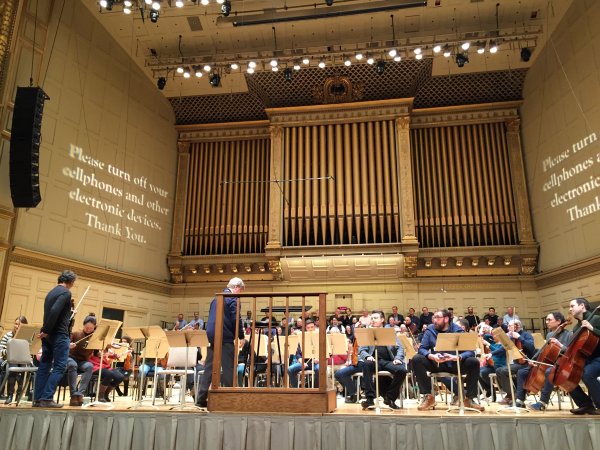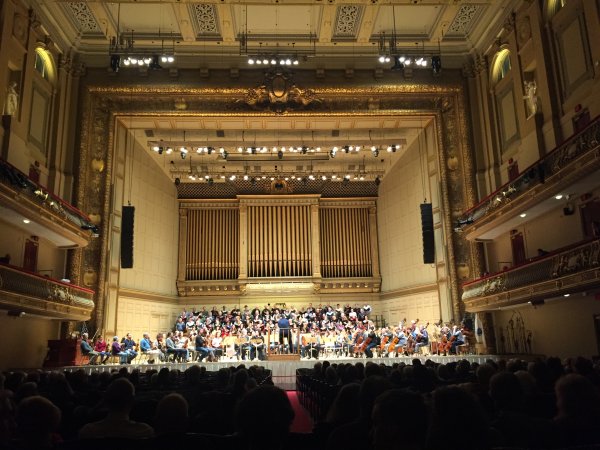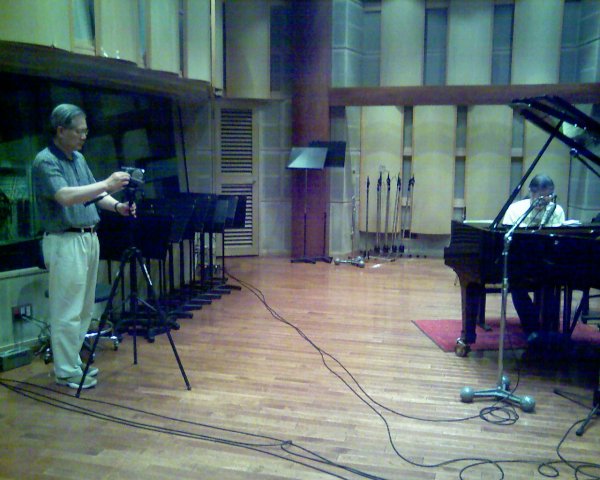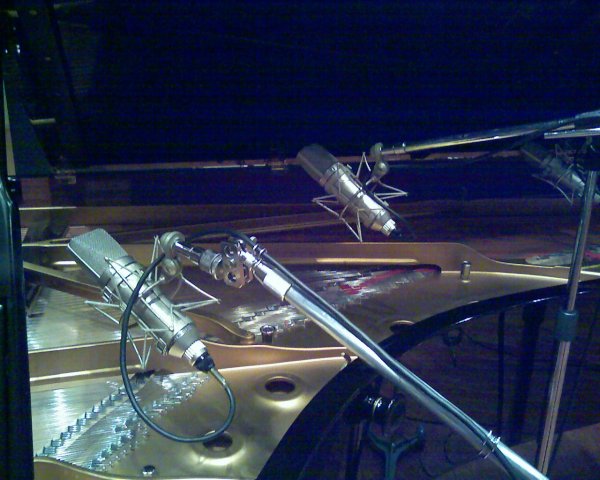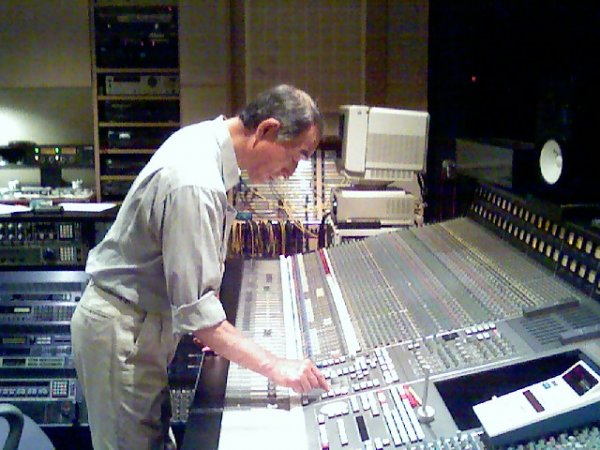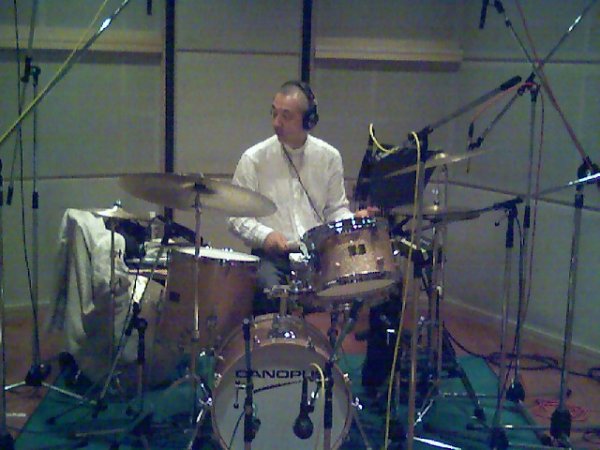This question of "the absolute sound" is quite fascinating. My mentor in Vienna told me during a rehearsal at the opera that there is no absolute sound. There are way too many variables in play, from seating position, to the sound of specific halls, to the sound of specific instruments, to whether or not there is an audience in the hall, to the temperature or humidity levels. Then there are the choices the recording engineers and mixers make.
I had an interesting experience the other night. Madfloyd was invited to a "working rehearsal" of the BSO for their upcoming performance of Dvorak's Stabat Mater. He asked me to join him. It was fascinating to see the familiar faces up on stage while the musicians were dressed casually. It was fun to see how Andris Nelsons works behind the scenes and directs the performance. During the intermission, I suggested to Ian that we change our seats for a different perspective.
We started out in the seventh row, center aisle. We then moved much further back to about 3/4 of full orchestra seating from the stage, dead center in the hall. The sound was much different. Up close, the sound was loud, large, very clean and exciting. We clearly heard the string texture from the instruments, the articulation of the soprano and the tenor and bass soloists. The sound was vivid and alive.
Further back, the sound was more homogenized with much greater emphasis on the midrange frequencies. I could not differentiate between individual instruments. It was a smaller, quitier, less grand presentation. The sound was warmer, heavier, thicker.
Most of the listening perspectives presented by my analog recordings of similar large scale music seems to be from an area slightly behind where we sat in the seventh row, perhaps row 12-15. Of course, this impression must have much to do with my own room and system set up and components, but what is clear is that the sound changes drastically depending one where one sits. It also changes dramatically depending on what type of piano is being played, how it is being played, and in what kind of room it is being played.
It was a very interesting and educational experience and one that gives me yet another perspective into this whole notion of an "absolute sound", what we hear from live music and how it relates to what we hear at home. Fascinating stuff.
Here are two photos from the two seating positions.
View attachment 49172
View attachment 49174








